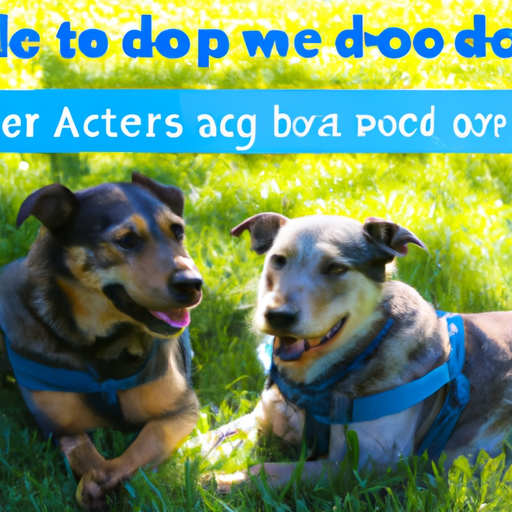Canine conflicts can be a terrifying experience, not just for the dogs, but for you as a caregiver as well. The aftermath can leave both you and your four-legged friends feeling on edge. The question then becomes, how do you reintroduce dogs after a fight?
Understanding Why Fights Occur
Firstly, it’s important to understand why fights occur. Dogs, like humans, have their own unique personalities and sometimes, these can clash.
-
Territorial instincts: Dogs are naturally territorial creatures. A new dog entering into another’s space can trigger a defensive reaction.
-
Resource Guarding: This could be anything from food, toys, to even your attention. Dogs may fight to establish who gets what.
-
Fear and Anxiety: Dogs with a history of neglect or abuse may lash out due to fear or anxiety.
Understanding these triggers can help prevent future fights.
Assessing the Situation
After a fight, take a moment to assess the situation.
-
Check for injuries: Ensure both dogs are physically okay. Look for any signs of bleeding, limping, or distress. If you notice any injuries, seek veterinary care immediately.
-
Observe their behaviour: Are they showing signs of fear, aggression, or stress? Their behaviour will guide your next steps.
The Cooling Off Period
Give your dogs some time apart to cool off. This separation period allows both dogs to calm down and helps prevent immediate repeated aggression.
-
Separate rooms: Keep the dogs in separate rooms where they can still hear but not see each other.
-
Rotate outdoor time: Let one dog out at a time to prevent direct confrontation.
Remember, the length of this period depends on the severity of the fight and the dogs’ reactions afterwards.
Gradual Reintroduction
Gradual reintroduction is key. Start slow, and monitor their interactions closely.
-
Neutral territory: Meet on neutral territory where neither dog feels the need to be defensive.
-
Leashed reintroduction: Keep both dogs leashed for the first few meetings. This gives you control if tensions rise.
-
Positive reinforcement: Reward calm behaviour with treats and praise.
Maintaining Peace
Maintaining peace requires consistent effort and understanding.
-
Establish routines: Dogs thrive on routine. Consistent feeding, play, and sleep times can reduce stress and competition.
-
Monitor play: Keep an eye on their interactions. Intervene if play gets too rough.
| Can Do | Should Avoid | |
|---|---|---|
| Feeding | Feed at same time | Feed in same location |
| Sleeping | Have separate beds | Allow bed guarding |
| Playing | Monitor play closely | Allow rough play |
FAQs
Q: How long should the cooling off period be?
A: It depends on the dogs and the severity of the fight. It could be anywhere from a few hours to a few days.
Q: What if my dogs continue to fight after reintroduction?
A: If repeated fights occur, it may be best to consult a professional dog trainer or behaviourist.
Q: Can dogs that have fought ever be friends again?
A: Yes, with time, patience, and proper reintroduction, dogs can rebuild their relationship.
Remember, every dog is unique, and what works for one might not work for another. Patience, understanding, and love are your best allies in this journey.



